Birdwatching is a rewarding hobby. However, some birds are incredibly elusive. Spotting these rare species requires luck and patience. Here are some of the most elusive birds you’ll be fortunate to encounter.
Stresemann’s Bristlefront (Merulaxis stresemanni)
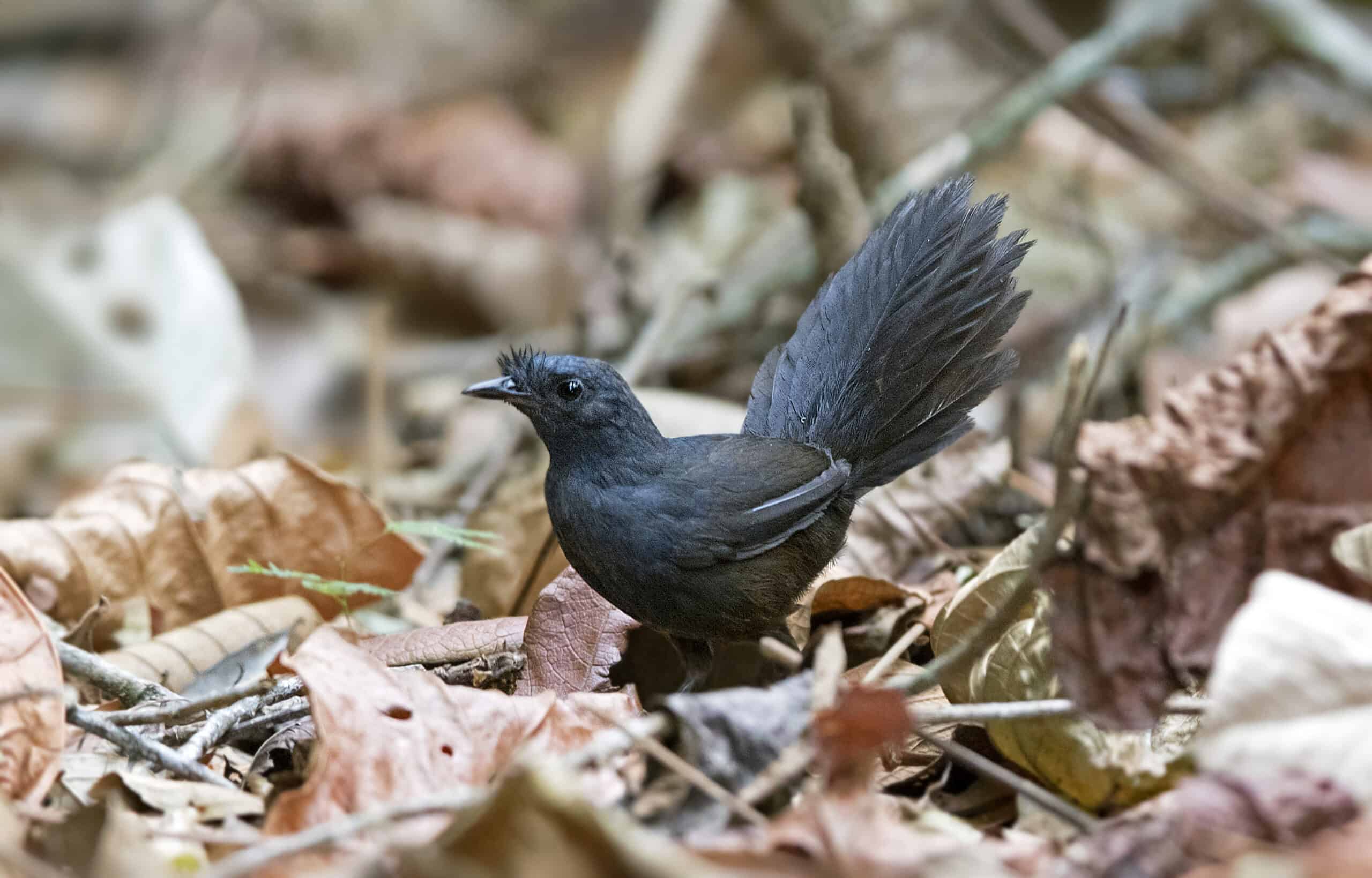
Stresemann’s Bristlefront is a small, elusive bird from Brazil. It has a distinctive bristled front and is critically endangered. Habitat loss and a very limited range contribute to its rarity. Only one known individual has been recently spotted. This bird prefers dense, subtropical forests, making it hard to find. Efforts are underway to locate more individuals and protect their habitat. Discovered in the 19th century, it was presumed extinct until it was rediscovered in 1995, but sightings remain extremely rare.
Kakapo (Strigops habroptilus)
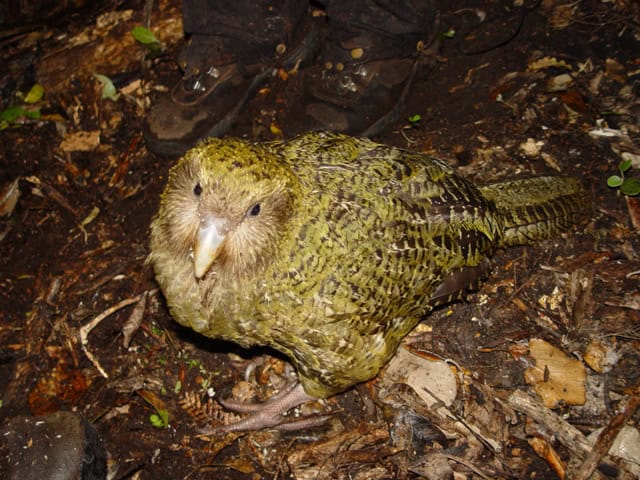
The Kakapo is a large, nocturnal parrot native to New Zealand. With its mossy-green feathers, it blends perfectly into its forest habitat. Its rarity is due to habitat loss and predation by introduced species. Only about 200 Kakapos remain. Conservation efforts are intense, involving night-time monitoring and careful management. This ground-dwelling bird is known for its unique, owl-like face and booming mating calls.
Spoon-billed Sandpiper (Calidris pygmaea)
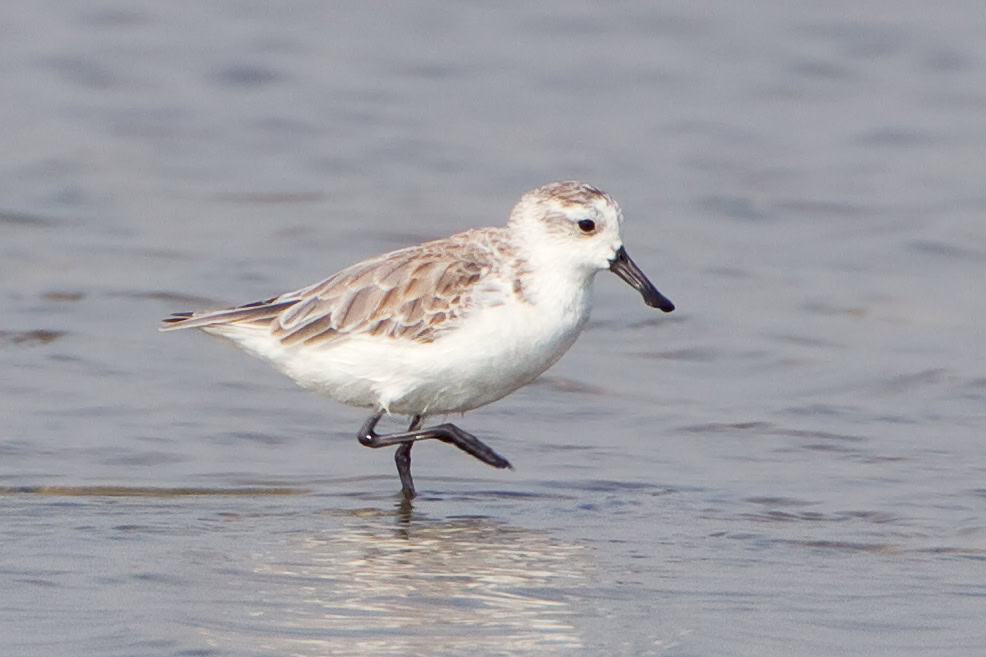
The Spoon-billed Sandpiper has a distinct spoon-shaped bill. Found in coastal areas of Russia and Southeast Asia, its population has declined sharply. Habitat destruction and climate change contribute to its elusiveness. Fewer than 300 breeding pairs exist. This tiny wader migrates long distances, making sightings rare. Conservationists work tirelessly to protect its breeding and wintering grounds. Captive breeding programs have been initiated to try and boost their numbers, but their survival remains precarious.
Imperial Amazon (Amazona imperialis)

The Imperial Amazon is a colorful parrot from Dominica. It sports vibrant green, blue, and purple feathers. Habitat destruction and hurricanes threaten its survival. Fewer than 50 individuals remain in the wild. This parrot is shy and prefers dense rainforest, making it hard to spot. Efforts to restore its habitat are ongoing to ensure its future. Known locally as the “Sisserou Parrot,” it is also the national bird of Dominica, symbolizing the country’s commitment to preserving its natural heritage.
Philippine Eagle (Pithecophaga jefferyi)
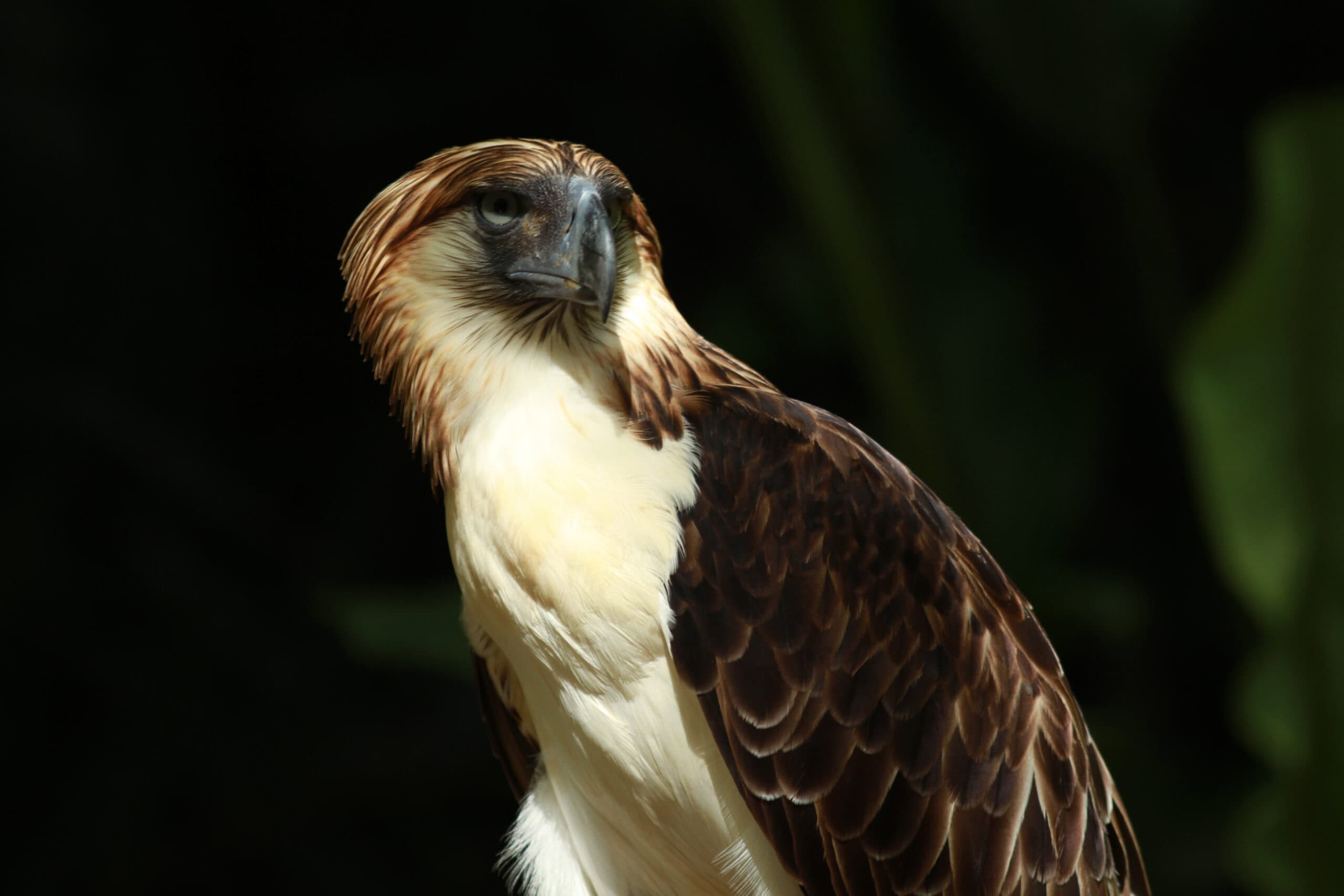
The Philippine Eagle is a powerful raptor with striking blue-gray eyes. Found only in the Philippines, it is critically endangered. Deforestation and hunting have reduced its numbers. Fewer than 400 individuals survive. Known as the “Monkey-eating Eagle,” it hunts monkeys and other small animals. Conservation programs aim to protect its remaining habitat and increase awareness. The eagle’s impressive wingspan, which can reach over two meters, makes it one of the largest and most powerful eagles in the world.
Javan Hawk-Eagle (Nisaetus bartelsi)
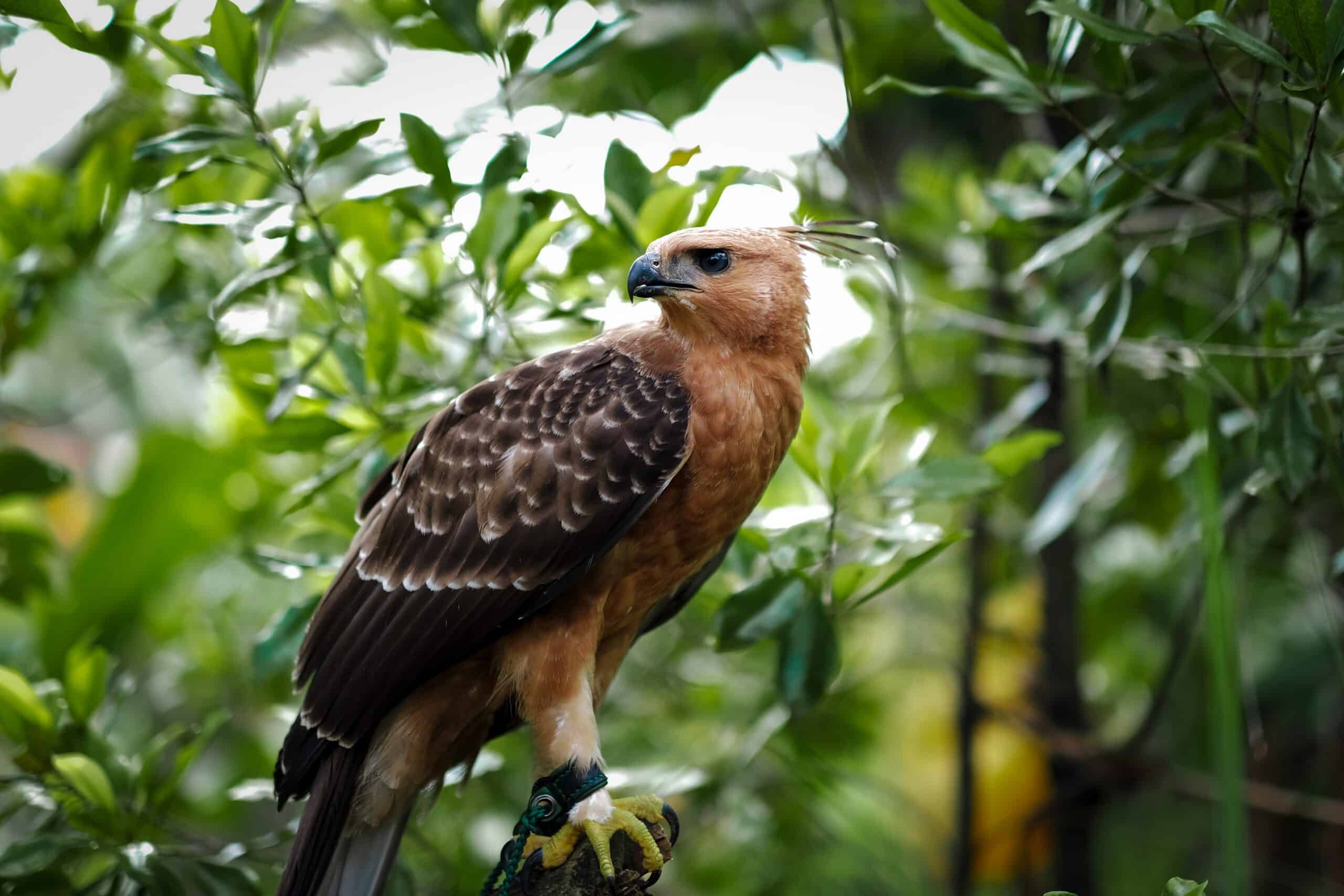
The Javan Hawk-Eagle is a majestic bird of prey found in Indonesia. Its striking plumage and powerful build make it a sight to behold. Habitat destruction and illegal pet trade have reduced its population. Fewer than 600 individuals exist. This eagle is a symbol of Indonesia’s natural heritage. Conservationists are working to protect its forest home and prevent further decline. The Javan Hawk-Eagle is also celebrated in Indonesian folklore, often regarded as a symbol of strength and resilience.
Forest Owlet (Heteroglaux blewitti)

The Forest Owlet, native to central India, is a small but striking bird with piercing yellow eyes and a round face. It was once thought extinct until its rediscovery in 1997. Its habitat is fragmented, primarily restricted to the deciduous forests of Maharashtra and Madhya Pradesh. This owl’s elusive nature stems from its preference for dense forests and limited distribution. Its population is critically endangered, with fewer than 250 individuals remaining, making sightings extremely rare.
Madagascar Pochard (Aythya innotata)

The Madagascar Pochard, a medium-sized diving duck, is known for its rich chestnut color and striking white eyes. Found only in Madagascar, this species was believed extinct until its rediscovery in 2006. It inhabits remote highland lakes, primarily Lake Matsaborimena. Its rarity is due to its restricted habitat in remote highland lakes. With fewer than 100 individuals left, conservation efforts are critical to prevent its extinction. Breeding programs aim to increase its numbers, but environmental challenges persist.
Siberian Crane (Leucogeranus leucogeranus)
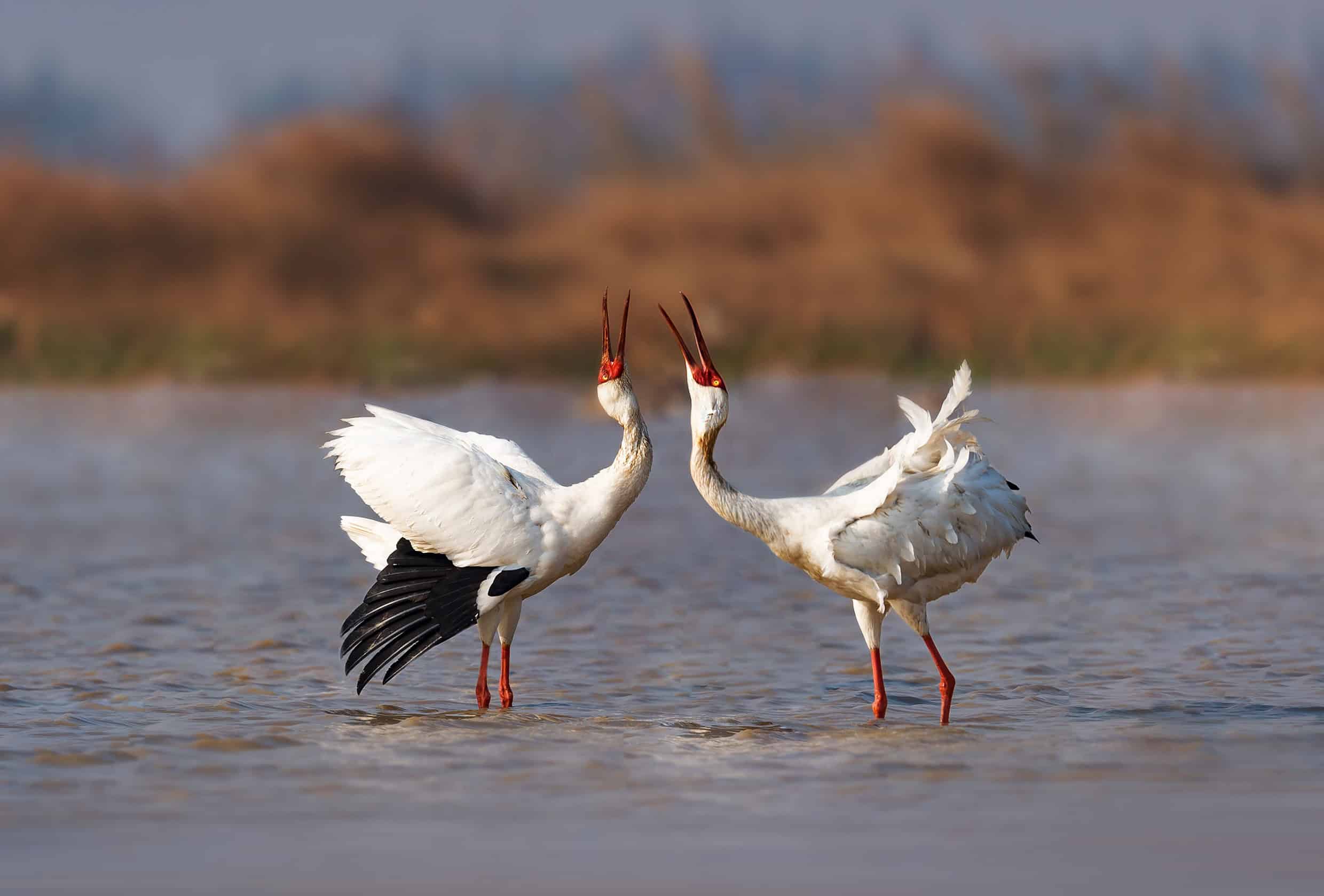
The Siberian Crane, with its striking white plumage and red face, is a large and graceful bird. It migrates vast distances between its breeding grounds in Siberia and wintering sites in China and Iran. It prefers wetlands and marshes, which are increasingly threatened by development. This crane’s elusiveness is due to its specific and limited migratory route. Its population is critically endangered, with fewer than 4,000 individuals, making sightings a rare and special event.
Antipodes Parakeet (Cyanoramphus unicolor)
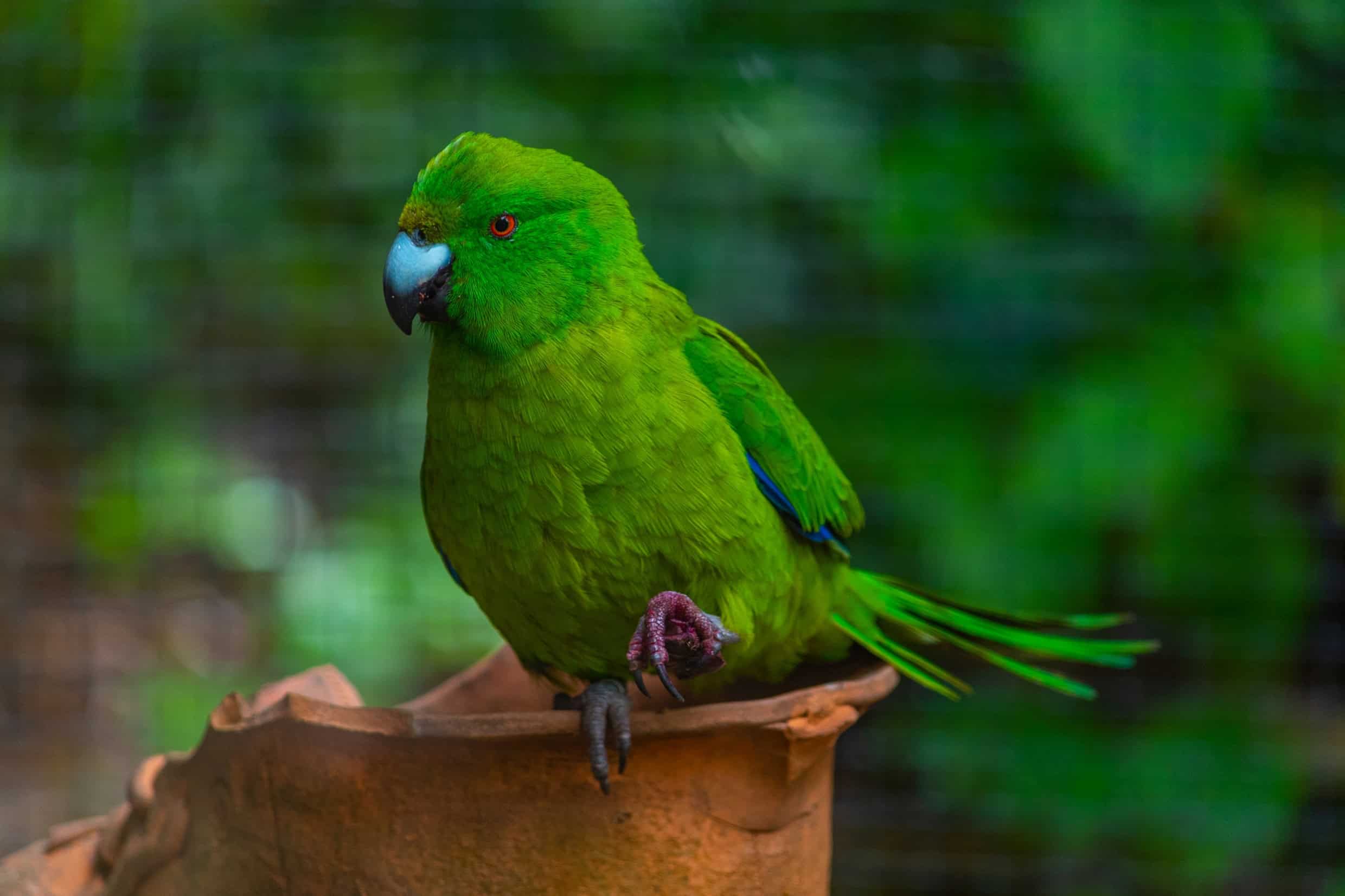
The Antipodes Parakeet, native to the Antipodes Islands of New Zealand, is a vibrant green bird with a unique, robust body. Its isolated habitat makes it one of the least seen parakeets. It thrives in the tussock grasslands and is the only parakeet known to feed extensively on carrion. Its population is small and confined to these remote islands, contributing to its rarity. This parakeet’s unique behaviors and habitat choices add to its elusive nature.
Spix’s Macaw (Cyanopsitta spixii)
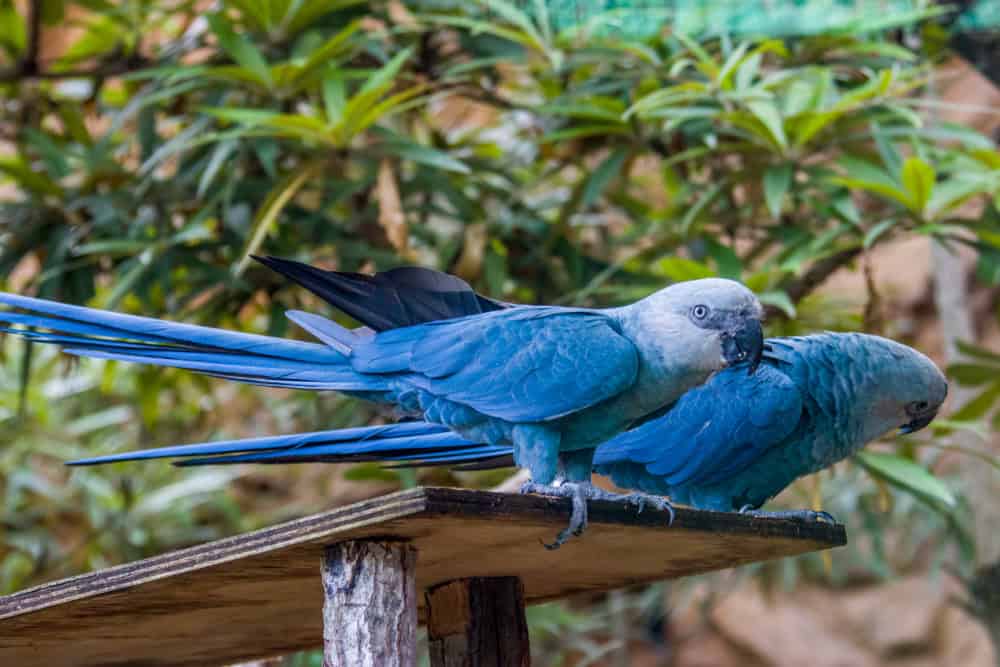
Spix’s Macaw, also known as the Little Blue Macaw, is famous for its bright blue feathers and expressive eyes. Native to Brazil, it became a symbol of conservation due to its near-extinction in the wild. It primarily inhabited the gallery forests along the Rio São Francisco. Its rarity is due to habitat destruction and illegal trapping. With only a few individuals known in the wild, it remains one of the most elusive birds on the planet.
Sumatran Ground Cuckoo (Carpococcyx viridis)
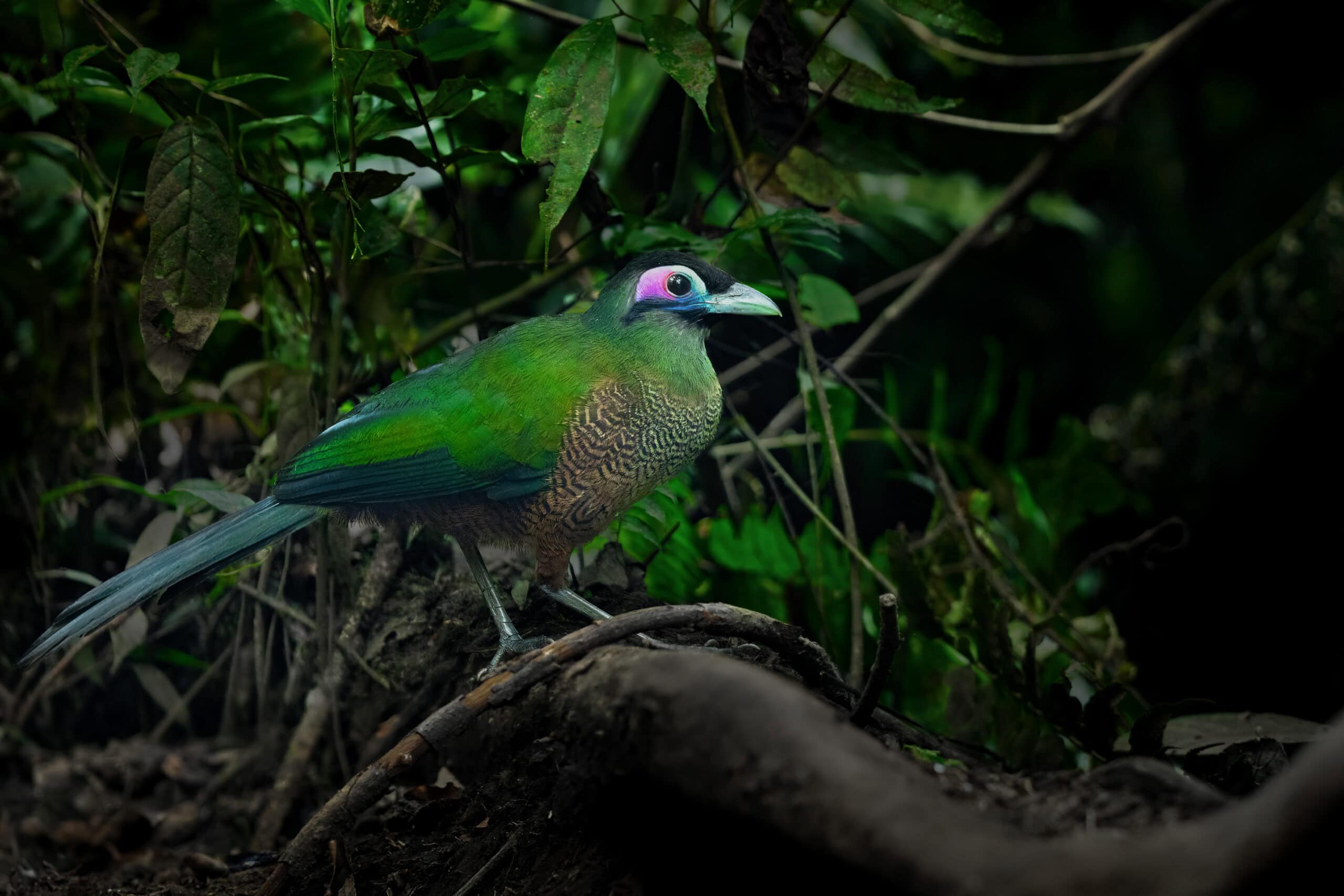
The Sumatran Ground Cuckoo is a shy and elusive bird. It lives in the dense rainforests of Sumatra, primarily in lowland areas. Its green plumage and long tail feathers blend perfectly with its surroundings, providing excellent camouflage. With fewer than 250 individuals believed to exist, spotting this bird is a significant challenge. Deforestation and habitat fragmentation are major threats to its survival. Researchers are still learning about its habits and behaviors, making it one of the least understood birds in its region.
Honduran Emerald (Amazilia luciae)
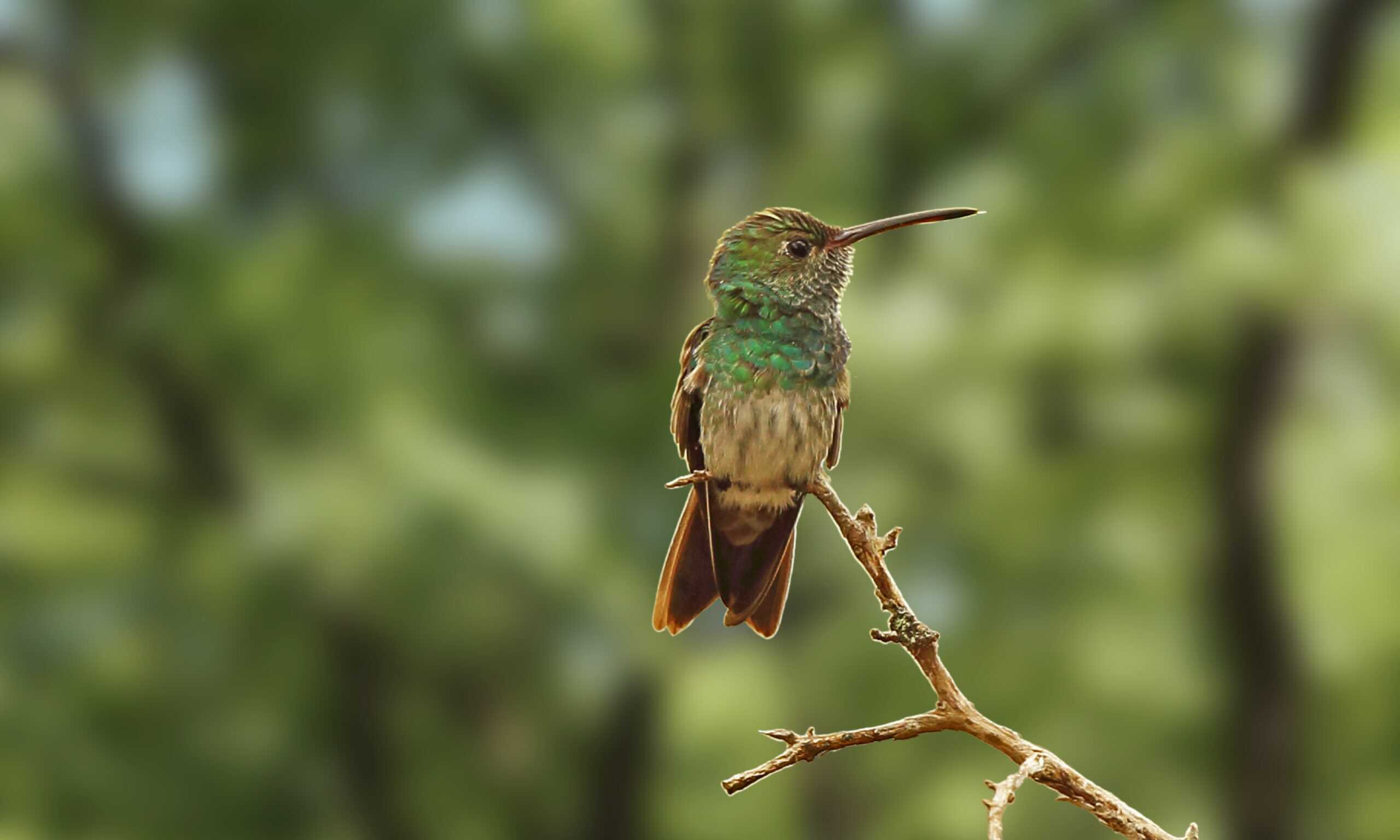
The Honduran Emerald is a stunning hummingbird native to the arid regions of Honduras. Its brilliant green feathers, iridescent in the sunlight, make it a jewel of the forest. This bird’s slender, slightly curved bill is perfect for feeding on nectar from native flowers. There are fewer than 1,000 individuals in the wild. Habitat destruction, particularly from agricultural expansion and logging, poses a severe threat.
Blue-eyed Ground-dove (Columbina cyanopis)

The Blue-eyed Ground-dove is a rare sight, found in Brazil’s Cerrado region. Its vibrant blue eyes and delicate rufous plumage make it stand out. This bird prefers open grasslands and savannas, where it forages on the ground for seeds. Fewer than 50 individuals have been recorded, making it one of the most endangered birds. The discovery of a small population in 2015 renewed hope for its conservation.
Gurney’s Pitta (Hydrornis gurneyi)
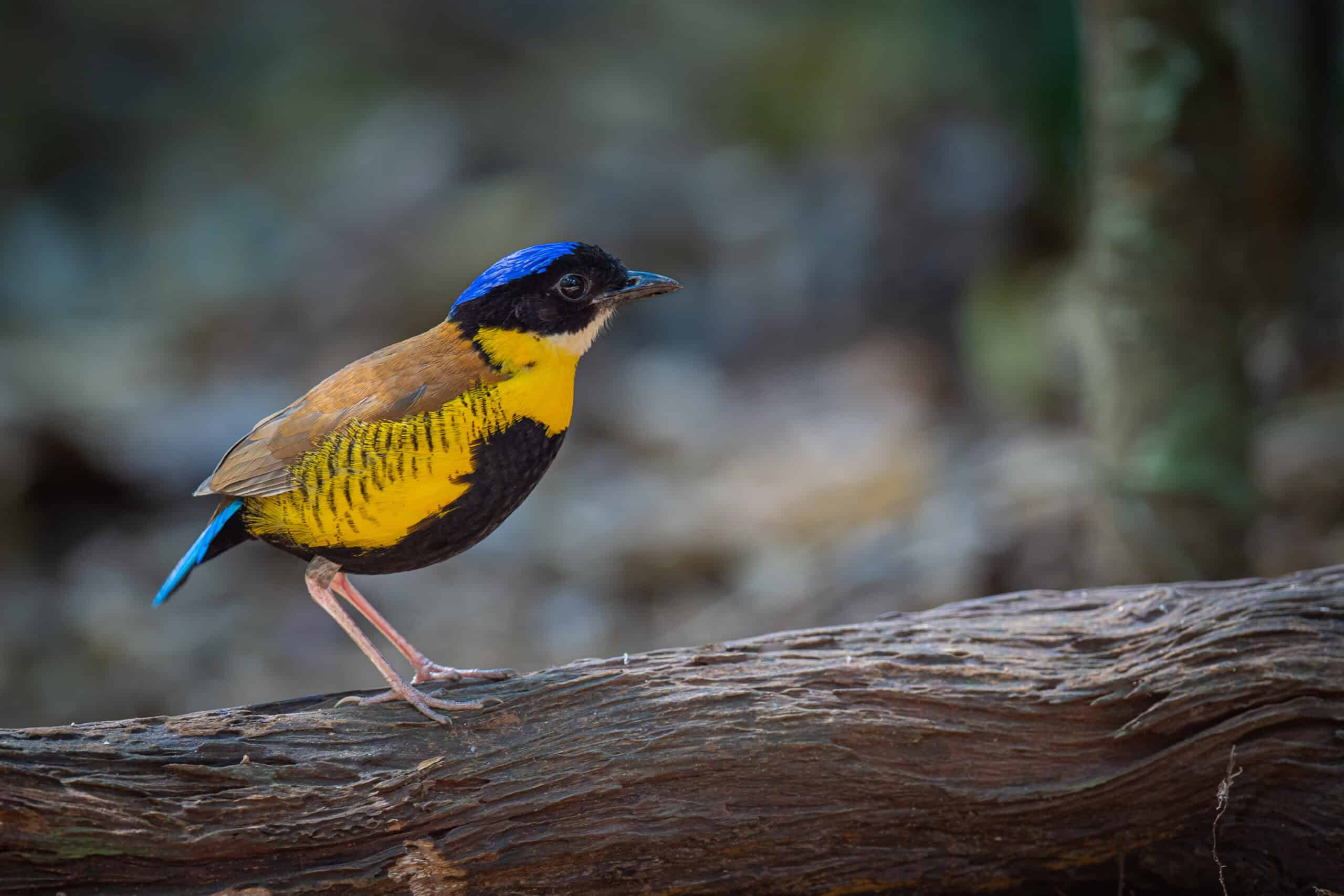
Gurney’s Pitta is a colorful, ground-dwelling bird found in the forests of Thailand and Myanmar. Its bright blue and yellow feathers are distinctive, and it is often seen foraging on the forest floor for insects and small invertebrates.The population is critically low, with around 100 individuals left. Habitat destruction due to logging and agricultural development is the main threat.
This article originally appeared on Rarest.org.
More from Rarest.org
13 Horse Coat Colors from Least to Most Rare

Horse coat colors vary widely. This guide explores these beautiful coat colors in detail, ranking them from least to most rare. Read More.
9 Most Elusive Big Cat Species

Big cats are majestic creatures. Some are incredibly elusive, rarely seen by humans. This article explores the most elusive big cat species. Read More.
1944 Jefferson Nickel Value Guide
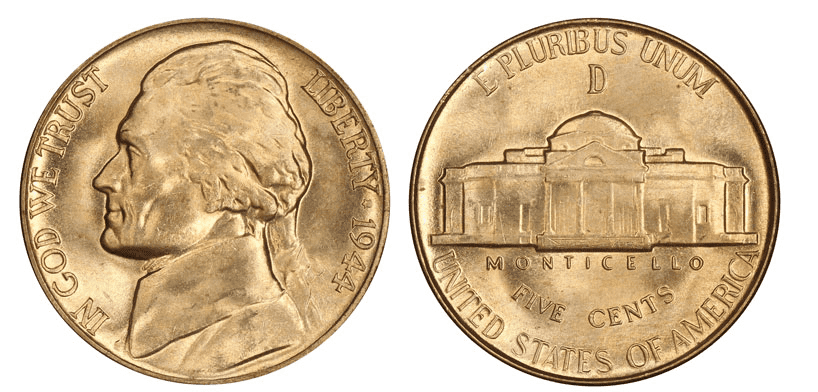
The Jefferson nickel has been the five-cent coin the United States Mint issued since 1938 when it replaced the Buffalo nickel. Although the Buffalo nickel looked amazing, it was difficult to mint. Read More.
